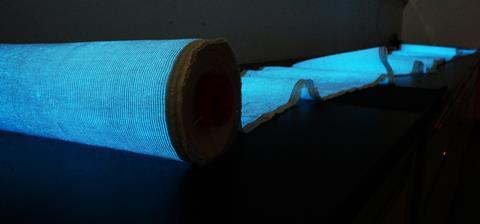
A six-metre long piece of fabric woven from conductive polymer strands and luminescent fibres is the largest flexible textile display ever made. The material, which can be folded, bent, stretched and even withstands 100 cycles in a washing machine, could allow wearers to read messages or driving instruction off their sleeve.
Traditional display technologies aren’t suitable for clothing – light-emitting diodes are too rigid and organic thin film fibres are too fragile. There are more flexible and robust devices such as optical fibres or polymer light-emitting electrochemical cells, but they often show only a single pattern and don’t work as dynamic displays.
A team of researchers from China, Germany, US and Australia has now created a flexible display fabric that is robust, dynamic and can be assembled over wide areas. Their biggest piece measures 6m by 25cm, containing 500,000 electroluminescent units spaced only 800μm apart. The fabric’s light output is unfazed by 1000 cycles of bending, stretching and pressing, 10,000 cycles of folding, and 100 machine-washing and drying cycles.
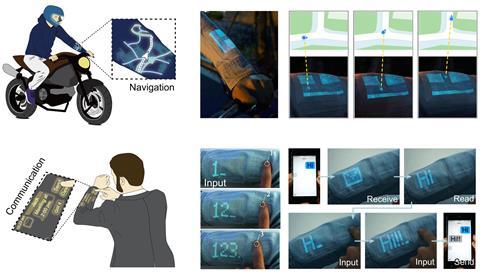
The fabric is made from three types of yarn: a transparent conductive ionic-liquid doped polyurethane yarn, a commercial silver-plated conductive nylon thread coated with luminescent zinc sulfide and a conventional type of yarn such as cotton or polyester. Each point in the woven fabric where the two conductive yarn types meet represents one electroluminescent unit, glowing blue when connected to a low-power alternating voltage. Adding small amounts of different elements such as copper or manganese to the phosphorus sulfide changes the light’s colour.
The scientists connected one of their smaller flexible displays to a keyboard made from silver-plated and carbon fibre yarn, and added a power supply, microcontroller and Bluetooth module. Integrated into a shirtsleeve, the system can show navigation instructions and incoming messages from a phone – and the keyboard even allows the wearer to type a reply.
With advances in decoding brain waves, the researchers also hope to use their display technology in healthcare as an assistive communication tool.
References
X Shi et al, Nature, 2021, DOI: 10.1038/s41586-021-03295-8





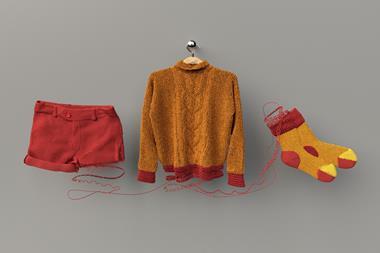
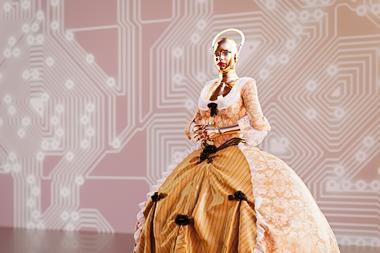
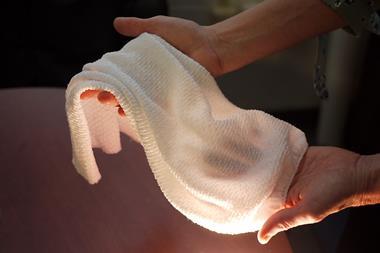









No comments yet